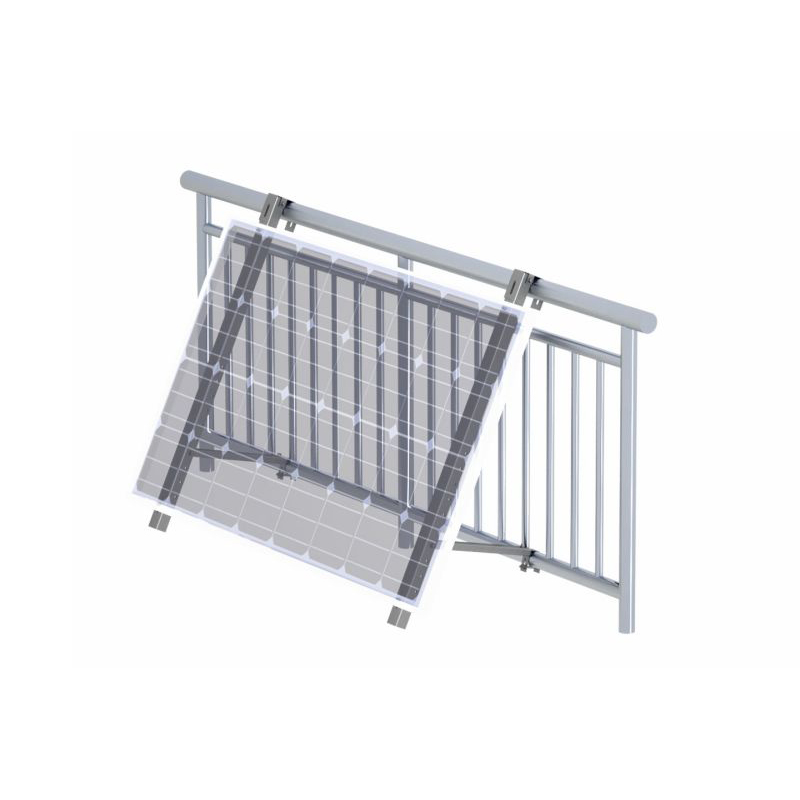Tailoring Solar Solutions: The Adaptive Nature of Adjustable Mounting Brackets for Balcony Solar Panels
2023-11-24
Introduction:
As the popularity of balcony solar installations continues to rise, the need for versatile solutions that can accommodate different sizes and types of solar panels becomes paramount. Adjustable mounting brackets emerge as a key player in this space, offering adaptability and flexibility to meet the diverse requirements of homeowners and businesses alike. In this blog post, we'll delve into how adjustable mounting brackets seamlessly accommodate the various sizes and types of solar panels commonly used on balconies.
1. Universal Compatibility:
One of the standout features of adjustable mounting brackets is their universal compatibility with different sizes and types of solar panels. These brackets are designed to cater to a wide range of panel dimensions, ensuring that homeowners have the freedom to choose the panels that best suit their energy needs.
2. Adjustable Width and Length:
Adjustable brackets often feature mechanisms that allow for the customization of both width and length. This adaptability ensures that panels of varying dimensions can be securely and optimally mounted on balcony railings or other structures.
3. Accommodating Thin-Film and Standard Panels:
Balcony solar installations may utilize different types of solar panels, including thin-film and standard crystalline panels. Adjustable mounting brackets are engineered to accommodate the specific characteristics and dimensions of each panel type, providing a secure and stable foundation for any configuration.
4. Support for Different Weight Capacities:
Solar panels come in varying weights, depending on their size and technology. Adjustable mounting brackets are constructed with different weight capacities in mind, ensuring that they can reliably support the load of the panels they are designed to accommodate.
5. Customizable Tilt Angles:
The adaptability of adjustable mounting brackets extends beyond size considerations to include customizable tilt angles. This feature allows users to optimize the tilt of the panels based on their size and type, maximizing energy production throughout the day.
6. Modular Design for Expansion:
Homeowners may choose to expand their solar installations over time. Adjustable brackets often feature a modular design that facilitates the addition of more panels. This scalability ensures that the mounting system can grow alongside the evolving energy needs of the household.
7. Ease of Installation for Various Configurations:
Adjustable mounting brackets are engineered for ease of installation, accommodating various configurations of solar panels on balconies. Whether in landscape or portrait orientation, these brackets provide a secure and straightforward installation process.
8. Adapting to Aesthetic Preferences:
Balconies are often considered an extension of living spaces, and aesthetics play a crucial role in their design. Adjustable brackets allow users to arrange solar panels in configurations that align with their aesthetic preferences, blending sustainability with style.
Conclusion:
Adjustable mounting brackets serve as the linchpin in the success of balcony solar installations by offering a solution that adapts to the diverse landscape of solar panels. Whether accommodating different sizes, types, or emerging technologies, these brackets provide homeowners with the flexibility needed to tailor their solar solutions to meet both their energy needs and design preferences. As the solar industry evolves, the adaptability of mounting brackets will likely remain a cornerstone in the widespread adoption of sustainable energy solutions in balcony spaces.



